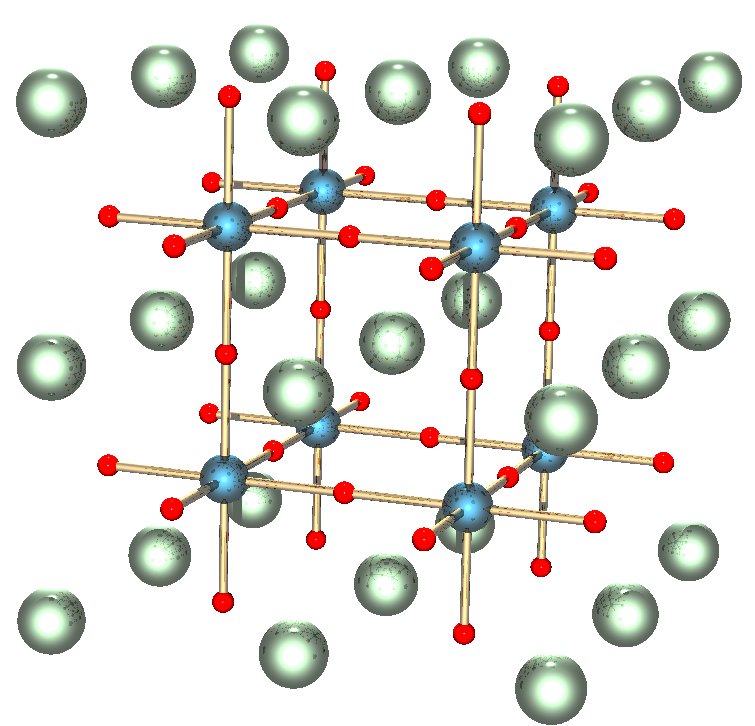Researchers from the Xi’an Jiaotong University in China claim to have fabricated a perovskite solar cell with high stability by capping the photoactive layer with low-dimensional (LD) perovskitoids.
“Perovskitoids have the potential to effectively modify 3D perovskite due to its diverse PbI6 connection styles and high stability,” they stated, referring to the properties of the 1D and 0D capping layer materials used for 3D perovskite (m-PBA)2PbI6. “Both 1D and 0D perovskitoids have intrinsically low defect densities and can withstand relatively high lattice strains; thus, they can serve as blocking channels for undesired Shockley-Read-Hall recombination and material degradation.”
The film composition was analyzed through grazing-incidence wide-angle x-ray scattering (GIWAXS) measurements and the LD perovskitoids were found able to restrain the formation of the photoinactive nonperovskite phase.
The growth of the perovskitoids on the 3D perovskite, according to the scientists, enables effective and all-around passivation of the perovskite surfaces and grain boundaries. The thickness of the perovskite film is around 650 nm, which they claim can ensure sufficient absorption of light. The LD perovskitoid structure was coated at the surface of the 3D perovskite with an overall thickness of approximately 5 nm.
The solar cell was built with an indium tin oxide substrate, an electron transport layer (ETL) based on Tin(IV) oxide (SnO2), the perovskite layer, a spiro-OMeTAD hole-blocking layer, and a gold (Au) metal contact. The champion device achieved a power conversion efficiency of 24.18%, an open-circuit voltage of 1.151 V, a short-circuit current of 25.96 mA/cm2, and fill factor of 80.91%.
The cell was also found to maintain 90% of its initial efficiency after being stored in ambient air for 2,000 hours and after 800 hours of continuous illumination under maximum power point operating conditions. “The significant improvement of stability in 3D/LD PSC is attributed to better moisture resistance of LD capping layers, reduced trap density of 3D perovskite surface, and tight bonding of the 3D/LD interface,” the Chinese group stated. “This study establishes a new material engineering scheme for perovskite solar cells with enormous numbers of 1D and 0D perovskitoid candidates that can be used to further improve the PSC performance and stability.”
Popular content
The solar cell is described in the paper “Highly efficient and stable perovskite solar cells enabled by low-dimensional perovskitoids,” which was recently published in Science Advances.
This content is protected by copyright and may not be reused. If you want to cooperate with us and would like to reuse some of our content, please contact: editors@pv-magazine.com.



By submitting this form you agree to pv magazine using your data for the purposes of publishing your comment.
Your personal data will only be disclosed or otherwise transmitted to third parties for the purposes of spam filtering or if this is necessary for technical maintenance of the website. Any other transfer to third parties will not take place unless this is justified on the basis of applicable data protection regulations or if pv magazine is legally obliged to do so.
You may revoke this consent at any time with effect for the future, in which case your personal data will be deleted immediately. Otherwise, your data will be deleted if pv magazine has processed your request or the purpose of data storage is fulfilled.
Further information on data privacy can be found in our Data Protection Policy.